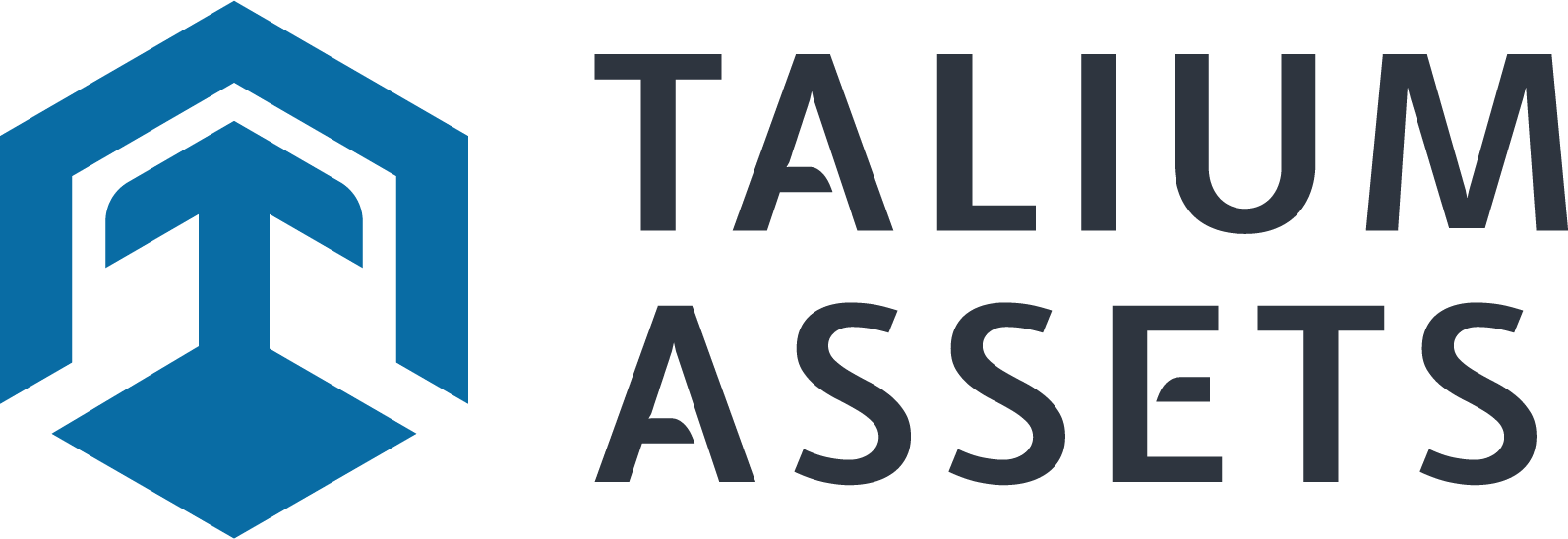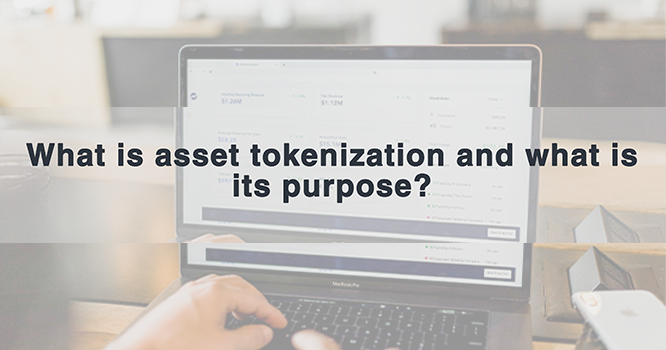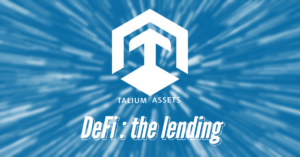Last Updated on March 15, 2022 by Talium
Tokenization allows you to register equities (among other things) on a blockchain type distributed ledger. In order to be usable from end to end digitally, a token must have several characteristics.
Tokenization explained
We can summarize assets tokenization in one simple sentence: it is the digitalization of a right (political, financial, property), on a shared ledger (blockchain/DLT). Tokenization is often seen as the main use case among the many possibilities offered by the blockchain. In order to define what tokenization is, the fairest way is to explain what a token is.
The challenge is to define the terms in a non-technical way, understandable and usable by all industries. The Token Taxonomy Initiative (TTI) is trying, through the Token Taxonomy Framework (TTF), to provide these definitions, and to make them accessible to all. It is a remarkable work, carried out in collaboration, which allows us today to explain to you what tokens are. Recently, the TTI has become part of the InterWork Alliance (IWA). The International Token Standardization Association (ITSA), of which Talium is a partner, is part of this alliance.
The token and its characteristics
The TTF classifies tokens according to their characteristics. We are going to take up the same classification, by raising the question to be posed to characterize a token:
- The token type: if it is fungible, non-fungible or partially fungible (i.e. fungible between subclasses). This answers the question: “Is a token of this class perfectly interchangeable with another token of the same class?“.
An ounce of gold and an oil barrel is fungible: an ounce of gold or oil barrel can be replaced by any other token with the same properties.
For a piece of art, one can consider it in its entirety, determine that it is unique and non-fungible and tokenize it to an NFT (Non-Fungible Token). Alternatively, one can decide to separate it into x tokens, which will then be fungible (note that in this case, it is the fund that owns the artwork that will be tokenized). The possession of this token will not give us a right to a particular part of the painting, but a part that is completely tradeable with another one.
Regarding the partially fungible part, we can take the example of shares sold by a simplified joint-stock company. The company may decide to offer several sub-classes of shares for sale. These subclasses will be exchangeable between them, and therefore fungible, but not with each other.
We can also take the example of green electricity, which can be fractionable into solar or wind energy.

- The unit of the token: if it is fractionable, whole or singleton. Can it be divided, or not, is it unique?
Here we can take the example of Bitcoin, which is fractionable at 10-8, the arcade token can only be exchanged for a whole arcade token. The patent has a unique property, it can neither be exchanged nor fractionated.
- Its value: intrinsic or reference. Does the token represent a value, like a crypto-currency, or rather a reference, like a property title?

- Its representation: common or unique. Will the token we create be fully individually traceable?
For example, Bitcoin’s UTXO model allows it to be fully individually traceable from end to end. Whereas fiat currency, on a bank account, is not.
- It’s supply: fixed, capped-variable, gated, or infinite. The question to ask is: can we add or remove tokens? If not, do they have a maximum supply? If tokens can be added, is it done on a particular date or event? Or can these tokens be created and deleted ad infinitum?
In the case of a fixed supply, there is an issue of x tokens, and it will then be impossible to add or delete any more. In capped-variable, there is a maximum supply and a possibility to add or remove tokens over time. When we are in the gated configuration, tokens can be created or deleted in different stages determined in advance (pre-sale, sale, according to turnover). The last possibility is to do it in an infinite way and thus allow the creation and deletion of tokens at certain moments.
- Its behavior: transferable, non-transferable, divisible or indivisible, singleton, “mintable”, “burnable” (destructible).
The behaviour does not come within the 5 basic characteristics of the token proposed by the TTF. The different behaviours are not orthogonal, the token can for example be transferable, indivisible and burnable. But it is one of the most important questions to be raised. We can decide that a token is transferable, like a share. If we tokenize a miscellaneous contract, it is generally non-transferable. But like all token characteristics and behaviours, all choices are in the hands of the issuer.
In another example, either the bond issued can be divisible and purchased by several investors, or it can be non-divisible and purchased by only one person, which is a reflection of whether or not the token is split. The mintable and burnable characteristics are partly related to supply and determine whether tokens can be created or destroyed at any time. To take the example of the bond, it must be possible to destroy the token once the refund has been made.
All this will give the template type: to use the term given by the TTF, it will be the recipe of the token.
We would like to give the example of tokenization in real estate, and we decide to tokenize a building. We are the Genious Estate company.
We wish to sell the building in several fungible parts. The company has only this building and is the only owner. In order to sell it in several parts, the only solution is to sell shares of our company (it is not possible to directly tokenize a building). We could have sold one share of the company, representing the whole company. Please note that to date, the law does not allow the transfer of ownership rights on a shared type of register, which must be done with a notary.
Since they are shares, tokens are not fractionable and are a reference value.
Since tokens represent shares, they are perfectly traceable individually from end to end and are therefore unique.
The supply is fixed, but there is the possibility of buying new buildings, later on, possibly resulting in an STO (Security Token Offering). It will therefore be necessary to sell new shares.
In terms of behaviour, we decide to make them transferable. By their nature, they are indivisible, non-mintable and non-burnable.
Other questions to ask yourself before creating a token
The first question to be asked is that of the underlying asset and the rights that the token confers to its holders: right of ownership, right to dividends, right to vote…
The issuer, in collaboration with its adviser, is subject to the jurisdiction in which it is located. He must ask himself the question of the regulation in his jurisdiction. Several rules surround these jurisdictions. The jurisdiction may, for example, impose that an investor residing in country A may not purchase tokens from an issuer residing in country B. Or allow Alice to invest €1,000 in the token issued by the issuer resident in country B but may not invest more than €10,000. It is possible to introduce them in any token creation, depending on the compliance model chosen.
References:
What is Tokenization? Real-World Assets on the Blockchain
The Anatomy of ERC721. Understanding Non-Fungible Ethereum… | by Gerald Nash | Crypto Currently



